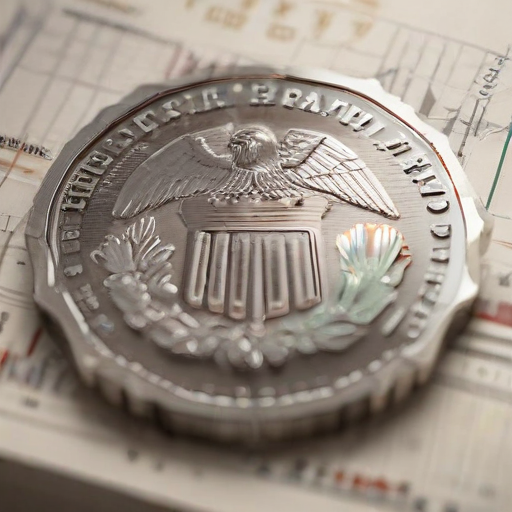The Federal Reserve has reduced interest rates once more, signaling a careful approach toward potential additional cuts in the coming year due to ongoing worries about inflation. On Wednesday, the central bank lowered its benchmark interest rate by a quarter percentage point, bringing it to a range of 4.25% to 4.5%. This decrease marks a total drop of one full percentage point since September, offering relief to borrowers for loans, business financing, and credit card balances.
However, members of the Fed’s policy committee now predict that borrowing rates might only decline by another half percentage point in 2025, a shift from earlier forecasts that anticipated a full percentage point decrease in the next year. Chairman Jerome Powell explained that as uncertainty looms, a more measured approach is prudent, comparing it to navigating through a foggy night.
The recent forecasts prompted a significant downturn in the stock market, with the Dow Jones Industrial Average falling over 1,100 points, or nearly 2.6%, and the S&P 500 index decreasing by nearly 3%. Despite a sharp decline in inflation since reaching a 40-year peak in 2022, the rate of progress has slowed recently, with November’s inflation rate at 2.7%, slightly above the previous month.
Fed officials remain committed to further reducing inflation, although some anticipate it may take until 2027 to reach the Fed’s target rate of 2%. As Federal Reserve Governor Chris Waller metaphorically likened the struggle against inflation to a relentless fight, he expressed confidence that inflation would eventually be subdued.
Recent reports from the Labor Department indicated minor improvements in housing costs, with November rent increases being the lowest in nearly three and a half years. Nonetheless, prices for both new and used vehicles continue to rise, and grocery prices have experienced their largest increase in nearly two years, exacerbating consumer frustrations.
Looking ahead, scholars caution that some economic policies linked to the incoming Trump administration could elevate inflation rates. Nevertheless, Fed Chair Powell emphasized that predictions regarding such impacts are premature, which contributes to the Fed’s cautious stance on future interest rate reductions.
Despite the high-interest rates impacting sectors like manufacturing and housing—areas currently facing challenges—the overall economy remains strong. In fact, Powell noted that the U.S. economy is outperforming many of its international counterparts, demonstrating resilience in the face of previous forecasts predicting a downturn.
This cautious optimism indicates that the Federal Reserve is prioritizing stability and consistent economic performance as they navigate the complexities of inflation control. While challenges persist, such as high grocery prices, ongoing job market strength and overall economic resilience provide room for cautious optimism about future growth.
In summary, while the Federal Reserve’s rate cuts signal a proactive approach to economic stimulation, the commitment to careful monitoring reflects a broader strategy aimed at ensuring lasting stability in the U.S. economy.
